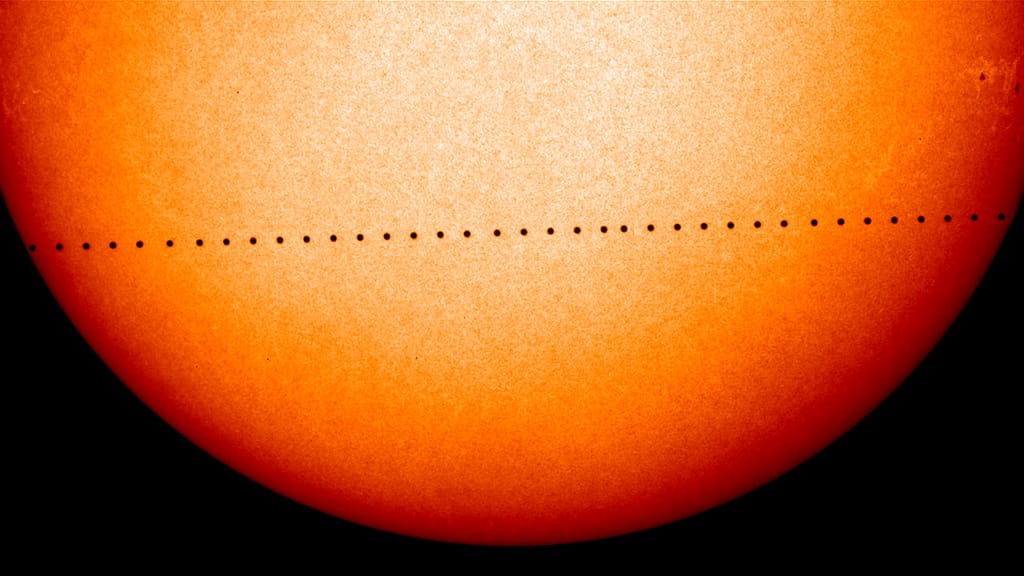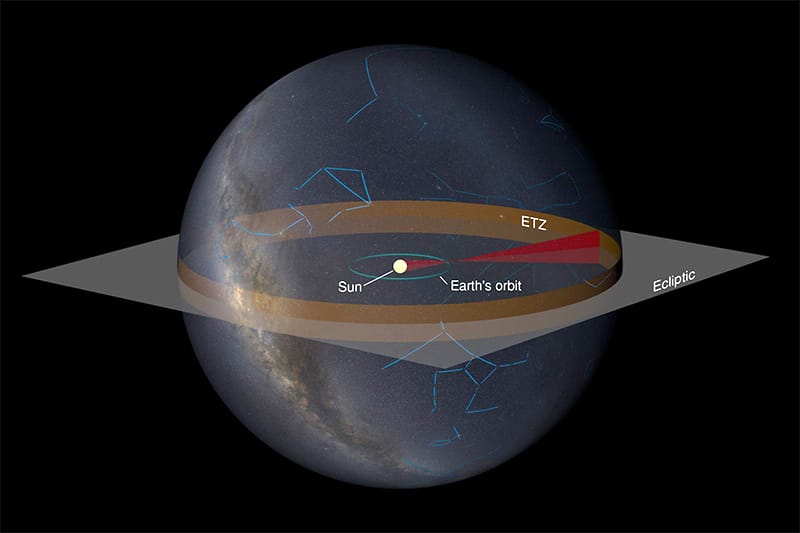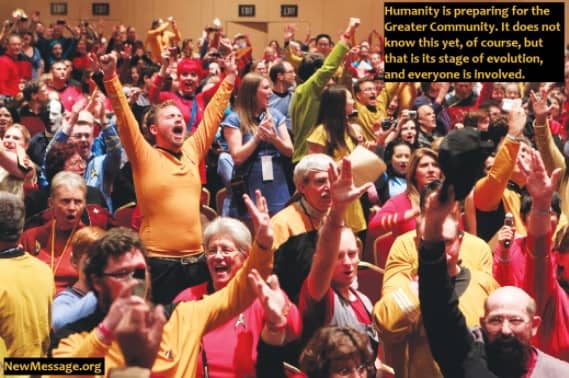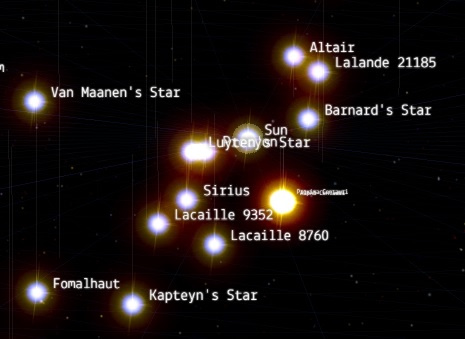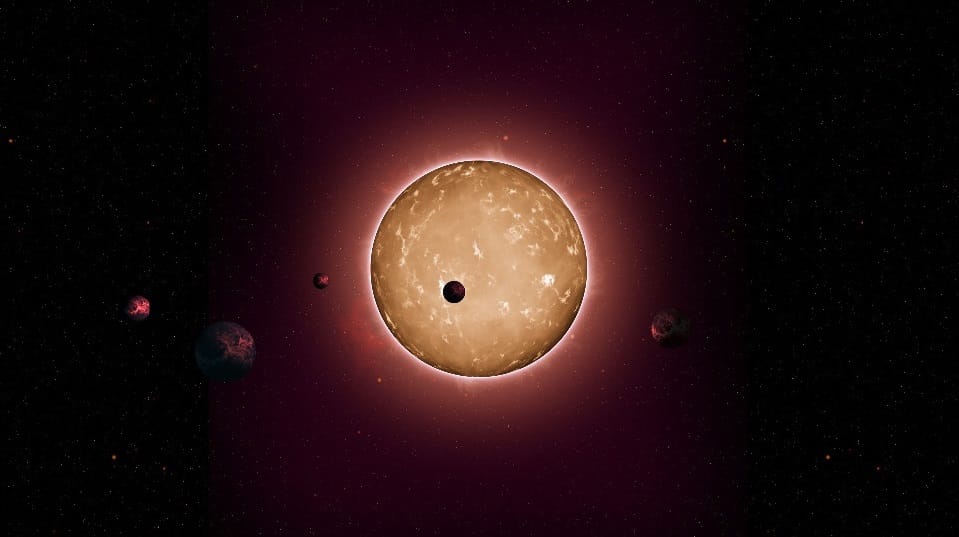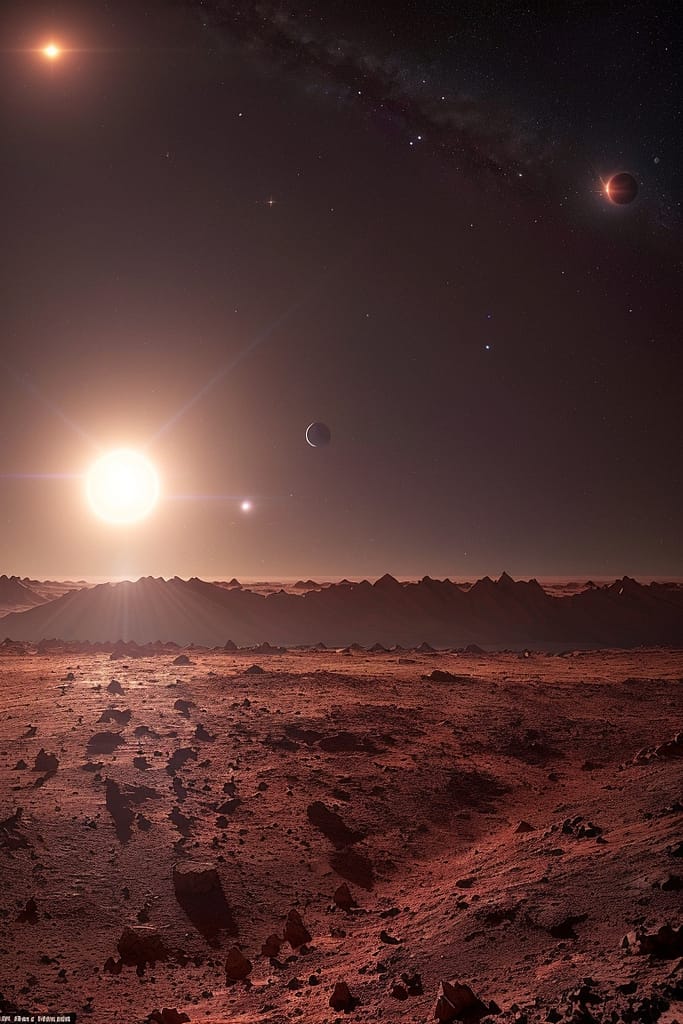
The above image was generated by the website Leonardo.ai, using information provided by ChatGPT. It might have some resemblance to the actual surface of the planet Proxima b, the closest known exoplanet.
It’s a mighty long way to Proxima b
Proxima b orbits the star Proxima Centauri, a red dwarf star. Astronomer Robert Innes (1861-1933) discovered Proxima Centauri in 1915. Proxima Centauri in turn orbits around a pair of stars, Alpha Centauri A and Alpha Centauri B. Proxima Centauri is the closest star to the sun, 4.25 light-years away. Therefore, Proxima b will most likely remain the closest exoplanet to Earth for a very long time. Guillem Anglada-Escude and his associates discovered Proxima b in 2016. They used the Doppler spectroscopy technique, also known as the “wobble method.” Proxima b has a big enough gravitational tug on its parent star to affect the light that comes from Proxima Centauri.
What do people want to know about Proxima b?
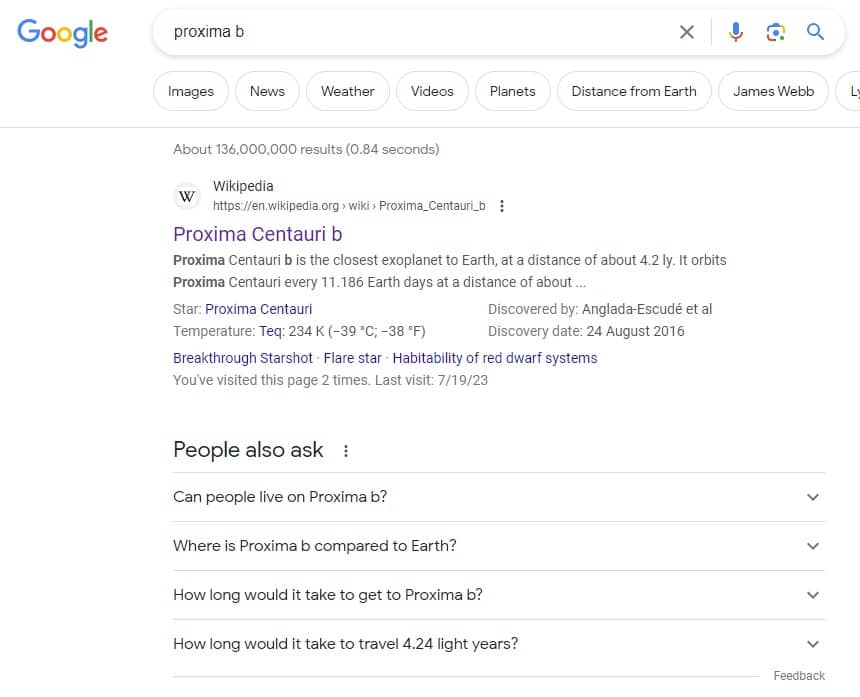
I could say more about Proxima b, but I’m interested in what my fellow humans would like to know about Proxima b. The top question asked is “Can we live there?” As far as I can tell, the answer is “No.” Yes, Proxima b is within the so-called “habitable zone” of Proxima Centauri. The temperature is such that liquid water could exist on the surface. But the habitable zone doesn’t take other factors into account.
Bring lead spacesuits and plenty of sunscreen
Strong irradiation by ultraviolet radiation and X-rays from Proxima Centauri could be a problem. Proxima b receives about 10–60 times as much of this radiation especially X-rays, as Earth. What do we call the solar wind of Proxima Centauri? The Proximal wind? Stellar winds and coronal mass ejections are an even bigger threat to an atmosphere. The amount of stellar wind impacting Proxima Centauri b may amount to 4–80 times that impacting Earth. Proxima b may not have an atmosphere at all. But if we go there, we may need lead spacesuits and plenty of sunscreen. Or is it Proxima-Centauriscreen?
Hey buddy, how far is it to Proxima b?
I have mentioned that Proxima b is 4.25 light-years away. A light-year is 5.88 trillion miles. Therefore the distance to Proxima b is roughly 25 trillion miles. The fastest spacecraft so far is the Parker Solar Probe, which travels at 101 miles per second. If a spacecraft took off for Proxima b at 101 miles per second, it would take 247 billion seconds or so. There are 31,536,000 seconds in a year, which means it would take 7,844 years to get there.
Maybe there are other things we should work on
I feel the aspirations of people who hunger to travel to the stars. Some people long to be discoverers. Maybe we’re the ones being discovered. The New Message from God teaches what is currently a minority viewpoint on the subject of extraterrestrials.
1) Intelligent extraterrestrial life exists
2) Extraterrestrials are intervening in human affairs today
3) This extraterrestrial intervention is a threat to human freedom
Maybe there are other things we should work on. We have soils, waters and skies to cleanse. Perhaps we need to be more restorative of nature. We might need to cool the planet. How about working on building a united, sustainable and discreet human civilization?
Welcome to Mystery of Ascension! We are students and advocates of the the New Message from God. We are members of a worldwide community. We seek to assist the world in successfully navigating difficult times ahead. We seek to assist the world in successfully emerging into a greater community of intelligent life. You will also find some poetry. Find out more about us here. Contact us here.


